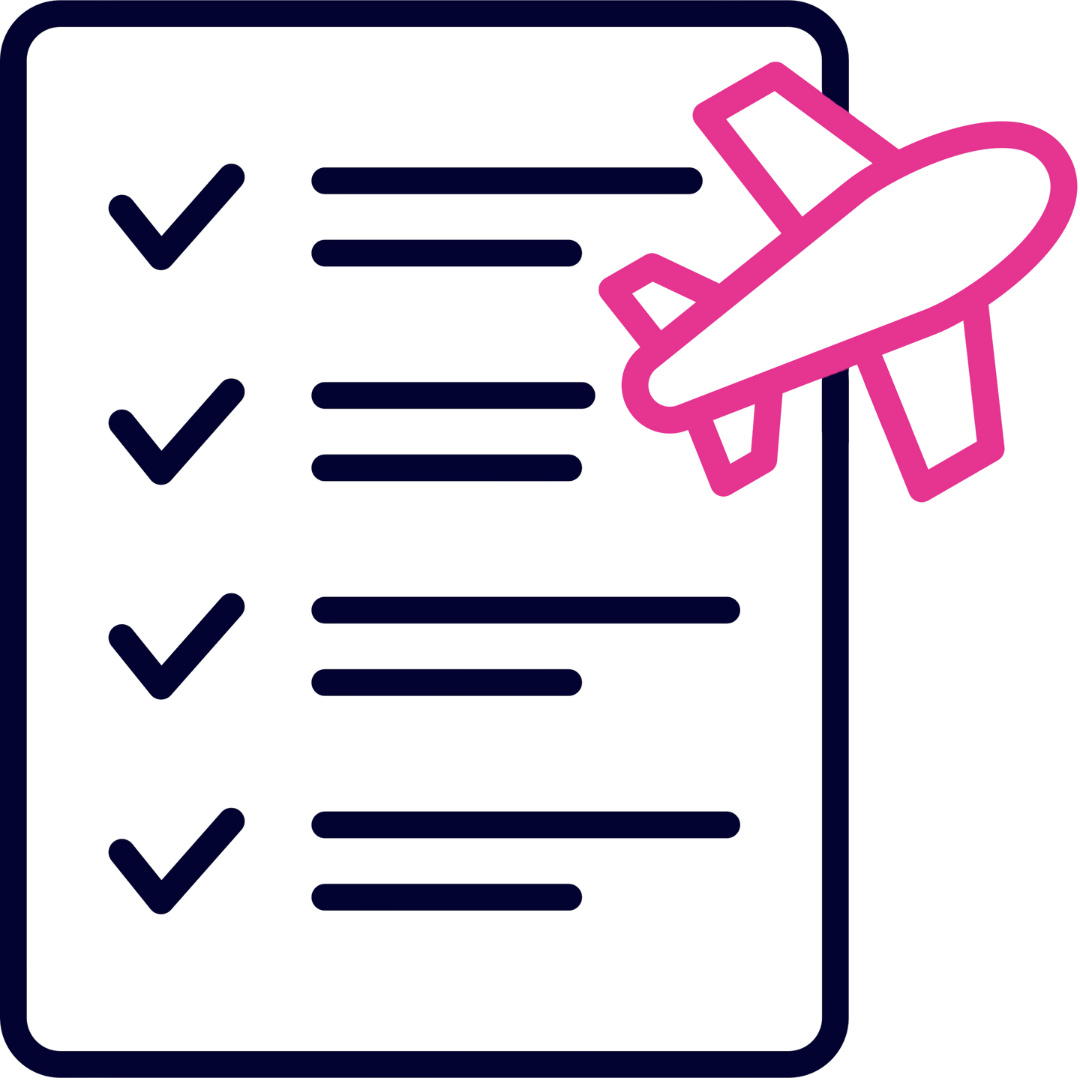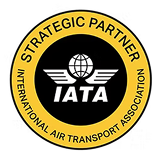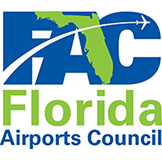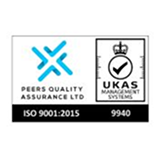Taking the stress out of Part 139 inspections
For hundreds of US airports, Part 139 inspections are a big deal. They are essential for maintaining safety standards, but the paperwork associated with them can be a real headache for airport operations directors.
In this article, we will run through the key challenges of Part 139 for airport operations teams and explain how your airport can achieve compliance more easily.
What is Part 139?
Part 139 — or, to give it its formal title, 14 CFR Part 139 — is a regulation for airports in the U.S. that host commercial passenger services. More specifically, it’s for airports hosting scheduled passenger flights on aircraft with more than nine seats or unscheduled passenger flights with more than 30 seats. Part 139 stipulates that these airports need an Airport Operating Certificate (AOC). To get or retain their AOC, airports must comply with standards designed to ensure safety and pass regular (usually annual) inspections by the FAA, known as Part 139 inspections.
What’s the problem?
While Part 139 is an essential regulation, it places a hefty administrative burden on airports, particularly the smaller ones with fewer resources. For instance, it requires airports to have written plans and procedures for things like:
- daily safety inspections of airport conditions and equipment
- controlling pedestrians and vehicles in the movement area
- airport rescue and firefighting
- managing wildlife hazards
- clearing snow and ice
- regular staff training, and many more.
It also insists that airports keep records of all critical activities, particularly inspection findings and actions, incidents and accidents, and staff training.
Many small and medium-sized airports try to keep manual records — either by using basic software such as Excel or by keeping a massive pile of paper-based records — which is time-consuming, slow, and inefficient. Viewing these records remotely’s also usually impossible, which can be problematic if you have people working off-site. Then there’s the risk of losing information if paper pieces are mislaid, or the spreadsheets aren’t backed up regularly.
The result is that Part 139 admin becomes a major headache for airport operations teams, and the risk is that their paperwork — rather than their actual safety standards — lets them down in the annual FAA inspection.
Making Part 139 easier
Approximately 520 US airports currently comply with Part 139 (source: FAA, June 2021), so if we can make the process a little easier for just a proportion of those airport operations directors, we’ll be happy.
Regarding the record-keeping side, cost-effective specialist software solutions will simplify your processes and reduce your workload. The key advantages of these solutions over the manual approach are:
- They enable collaboration and automation, which saves time and reduces the risk of losing information. For instance, airport inspections and any resulting issues can be logged immediately in the software using a mobile device. Required actions can then be assigned to teams or individuals who automatically get notified.
- They reduce admin. If you use the tools to log issues as you inspect the airport, there is no ‘extra work’ afterwards, such as writing reports or logging issues in a spreadsheet.
- All the information is in one place and is easily viewable by managers and team members. This enables airport operations directors to stay on top of their inspections, maintenance, and repairs more efficiently.
- There is a ready-made and transparent system for maintaining records (there’s no need to design your own record-keeping system, woohoo!) It means there’s a complete digital audit trail, and FAA inspectors can quickly review your records before their visit without you having to spend days gathering information from multiple places.
- Records are more secure. Back-ups are regular and automated, and access to information is always tightly controlled with user profiles.
In short, specialist digital solutions can save you time and resources.
We suggest you look for a cloud-based system instead of the outdated on-premise setup because the cloud offers many advantages. Of course, cloud software’s most significant plus point is that you can access it 24/7 from any device (e.g., smartphone, tablet), so you won’t need to buy expensive bespoke devices for your field ops people. There are plenty of other benefits, too, such as not needing your own IT hardware or in-house expertise (which means reduced IT costs) and the fact that software upgrades and bug fixes are delivered seamlessly — sometimes without you even noticing.
Our solution to Part 139 headaches
The AeroCloud platform has an Inspection Management module, which provides a simple way to log and track airfield issues and ace your FAA inspection for Part 139. You probably won’t be surprised to learn it’s one of our most popular modules!
Airport operations teams can use this software to:
- Log all their inspections and capture images of hazards
- Create service requests, set up automatic alerts, and prioritize the most critical work
- Keep track of inspections and progress on service requests
- Record staff training
- Maintain a list of inspectors and their responsibilities and keep them accountable.
A particular strength of our solution is that it’s intuitive and easy to use, and you can add an unlimited number of users to ensure all your airport operations staff (plus FAA inspectors) can use the same system.
Inspection Management is just one module in our intelligent airport management platform. Our platform makes operations teams’ lives easier by increasing situational awareness, automating tasks, and ensuring everyone across the airport gets the necessary information.
The AeroCloud platform is built on the cloud, so it’s fast, lightweight, and flexible. It can be implemented in a matter of days and requires minimal maintenance. We also allow you to subscribe to the features you need and quickly scale your subscription up or down as required.
Is your airport struggling with Part 139 compliance? If so, contact us today to discuss your challenges and see if we can help.









 28th September 2021
28th September 2021 







